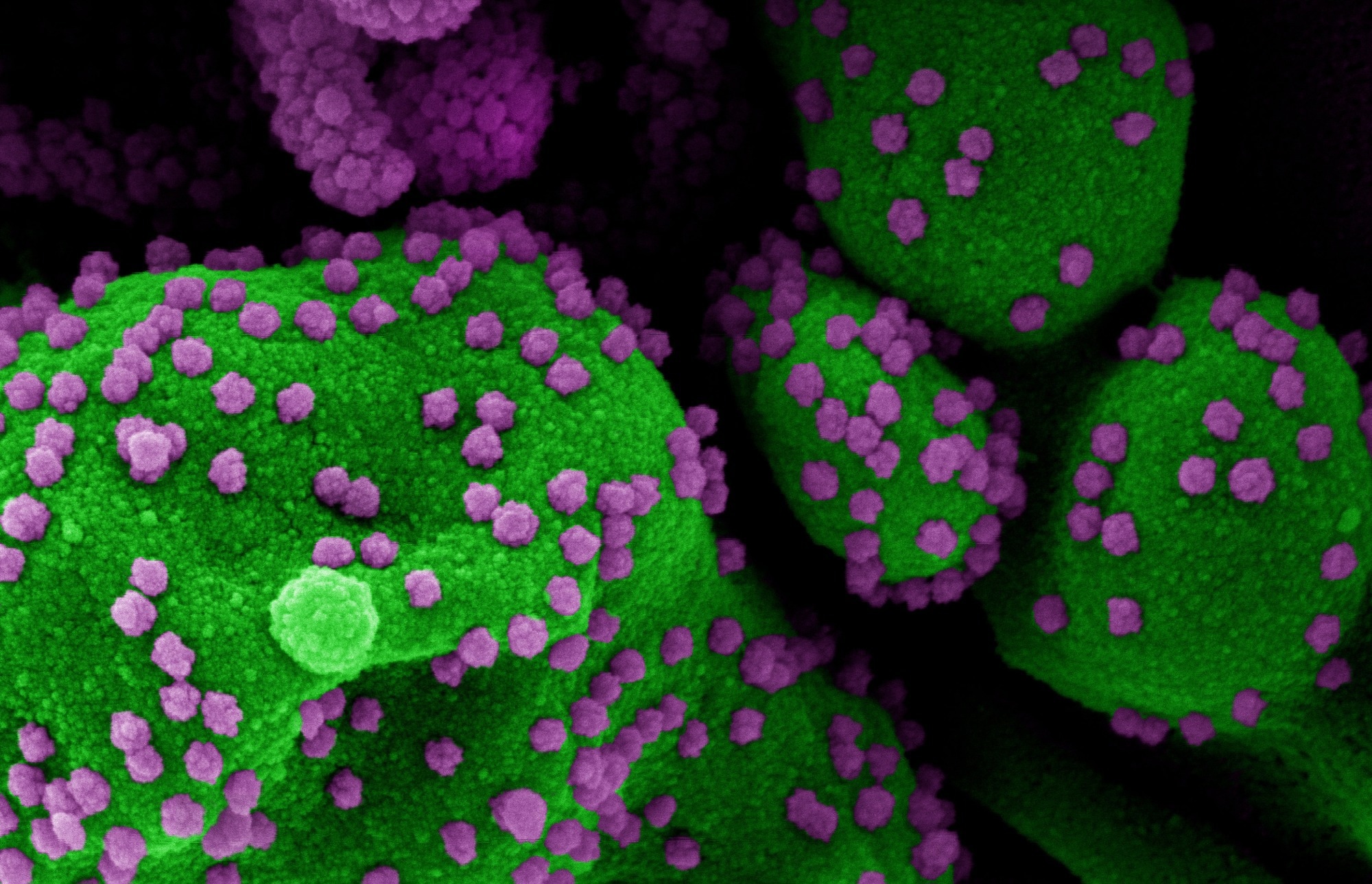 By Neha MathurReviewed by Danielle Ellis, B.Sc.Jun 30 2022
By Neha MathurReviewed by Danielle Ellis, B.Sc.Jun 30 2022In a recent study published in Nature Immunology, researchers summarized their observations of humoral immune responses elicited in severe acute respiratory syndrome coronavirus 2 (SARS‐CoV‐2) infected people. Additionally, they discussed all the types of SARS-CoV-2 infection- and vaccine-induced neutralizing antibodies (nAbs). They also shared their viewpoints on the next-generation vaccine designs that would elicit nAbs broadly protective against multiple SARS‐CoV‐2 variants of concern (VOCs).
 Review Article: The humoral response and antibodies against SARS-CoV-2 infection. Image Credit: NIAID
Review Article: The humoral response and antibodies against SARS-CoV-2 infection. Image Credit: NIAID
Background
The humoral or antibody-mediated immune response is a crucial component of adaptive immunity against viral infection, including coronavirus disease 2019 (COVID-19). It occurs in two phases, as follows:
i) the extrafollicular (EF) phase, and
ii) germinal center (GC) phase.
In the former EF phase, B cells encountering a virus rapidly differentiate into plasma cells that produce nAbs to neutralize SARS-CoV-2. These short-lived EF plasma cells primarily have the IgM isotype but can be IgA- or IgG-switched. The latter GC phase takes weeks to begin but typically lasts for months. It produces antigen-specific (here SARS-CoV-2) B cells, which undergo affinity-based selection and somatic hypermutations to form plasma cells that remain localized in the bone marrow and have a high affinity. Notably, both the EF and GC antibody responses generate memory B cells that exist long after the clearance of primary infection.
Types of antibodies and antibody responses to SARS-CoV-2 infection
SARS-CoV-2 infection stimulates the production of immunoglobulin (Ig)M, IgG, and IgA antibodies. They are at detectable levels in patient sera within a week post-symptom onset (PSO), including those that bind to the SARS-CoV-2 spike (S) and nucleocapsid (N) protein. Notably, these antibodies have an EF origin. The nAb titers against SARS-CoV-2 peak in three to four weeks PSO and then decay, except IgG, which can be stable for months compared to IgM and IgA antibodies.
The mucosal antibody, secretory IgA, is generated in the respiratory tract and plays a key role in preventing SARS-CoV-2 transmission through the airways. It persists in nasal fluids for months PSO and contributes to developing resistance to re-infection.
Genome-level homology between other human coronaviruses (hCoVs) and SARS-CoV-2 is low but immunologically relevant. The cross-reactive memory B cells produced during prior CoV infections may initiate a rapid EF antibody response, particularly IgG and IgA, following primary SARS-CoV-2 infection. The circulating cross-reactive T cells in people not previously exposed to SARS-CoV-2 also shape the clinical outcome of COVID-19.
The SARS-CoV-2 infection increases circulating autoantibodies targeting autoantigens, including cytokines, and chemokines, such as interferons. Additionally, SARS-CoV-2 infections result in several antibody-driven autoimmune diseases (e.g., Guillain–Barre syndrome).
The EF response gives rise to nAbs that alone are incapable of controlling SARS-CoV-2 infection. Therefore, to prevent a re-infection, a host depends on persistent nAbs with increased affinity maturation, memory B cells, and long-lived plasma cells, which all require a vigorous primary GC response. Unfortunately, it is difficult to assess the GC response directly in people, except during autopsies of the deceased. In some cases, severe COVID-19 caused severe lymphopenia most likely abrogates the GC responses. Also, a persistent GC response is the best correlate for a good prophylactic vaccine strategy.
Future outlook on COVID-19 vaccines
Most current SARS-CoV-2 vaccines target the prototype SARS-CoV-2 strain. However, amid the emergence of immune evading VOCs, such as Omicron, the world needs broadly neutralizing COVID-19 vaccines. Heterologous vaccine modality could help improve the neutralizing potency and breadth of a COVID-19 booster. However, future studies should also focus on B-cell features activated by the boost, epitope specificities, and mechanism of action of boosted antibodies.
Similar to how flu vaccines are updated annually, the next-generation COVID-19 vaccines could target the S glycoprotein of emerging VOCs. However, it is noteworthy that antibodies with the highest neutralizing potency also tend to have limited breadth against the spectrum of variants. The issue while designing a universal COVID-19 vaccine is to strike a balance between potency and breadth of nAbs elicited by vaccination. Finally, the researchers could consider an approach where they combine multiple antigens from different VOCs in one vaccine. For instance, nanoparticle vaccines could use distinct and mosaic RBDs from various hCoV strains.
COVID-19 has become the most thoroughly studied viral disease in human history. The unprecedented global efforts to understand how a host mounts an immune response to the SARS-CoV-2 could help identify immunological correlates of infection- and vaccine-induced protection. Further, this will facilitate the development of treatments for severe COVID-19.